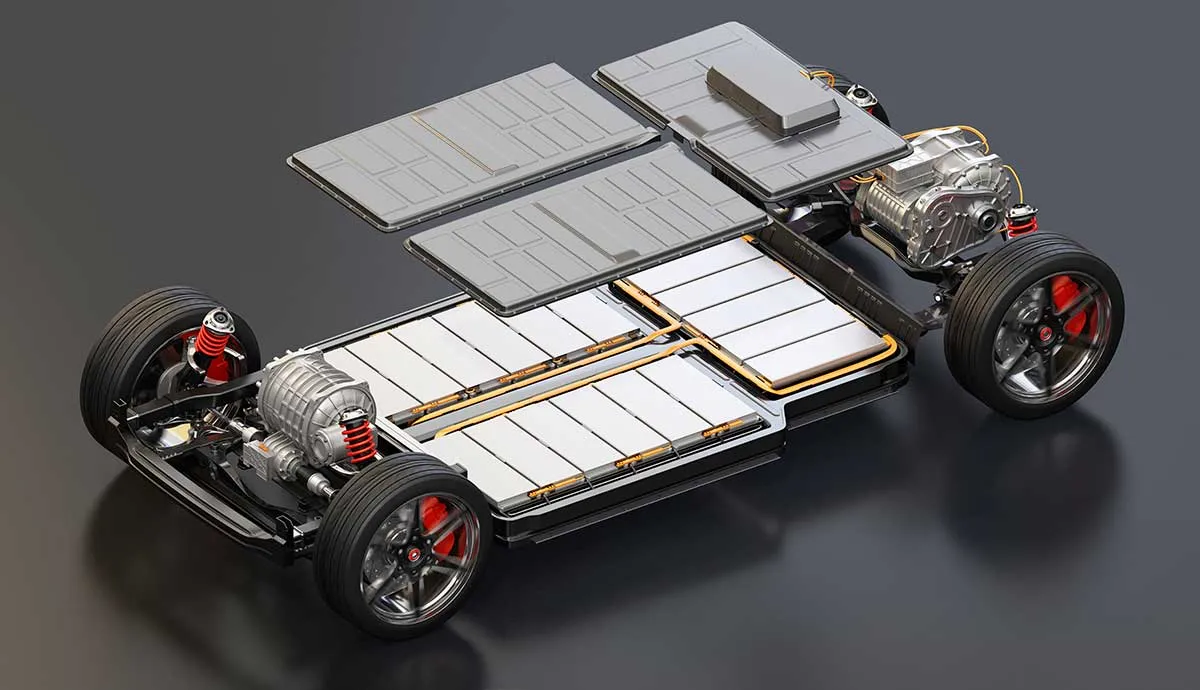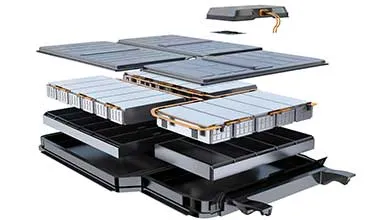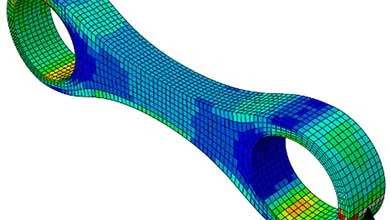The automotive industry is undergoing a remarkable transformation. Traditional high-performance engines are being surpassed by the race to develop superior e-battery systems for electric vehicles (EVs). This shift has created a dynamic landscape where innovation in electric propulsion systems is at the forefront, and leading car manufacturers are now prioritizing e-battery expertise.
E-Battery Systems for Electric Vehicles
Powering the Future: Battery Pack Energy Density
In this new era of automotive competition, the key performance metric is battery pack energy density, measured in watt-hours per kilogram (Wh/kg). This metric is crucial for achieving superior powertrain performance. Original equipment manufacturers (OEMs) are in a fierce race to design and manufacture battery packs with integrated cells that offer the highest energy densities. Various components, such as battery cells, relay boxes, connectors, modules, management systems, and packaging solutions, are essential for optimizing energy pack densities.
The Battery Enclosure: Beyond a Containment Box
Modern battery enclosures do more than house the vehicle’s battery system, they also integrate with the vehicle’s structure to enhance safety and performance. These enclosures protect batteries from external impacts, such as road debris and accidents, and provide critical fire protection, containing potential fires within the battery system. Additionally, they shield the vehicle from electromagnetic interference (EMI), ensuring the smooth operation of the vehicle’s electrical systems.
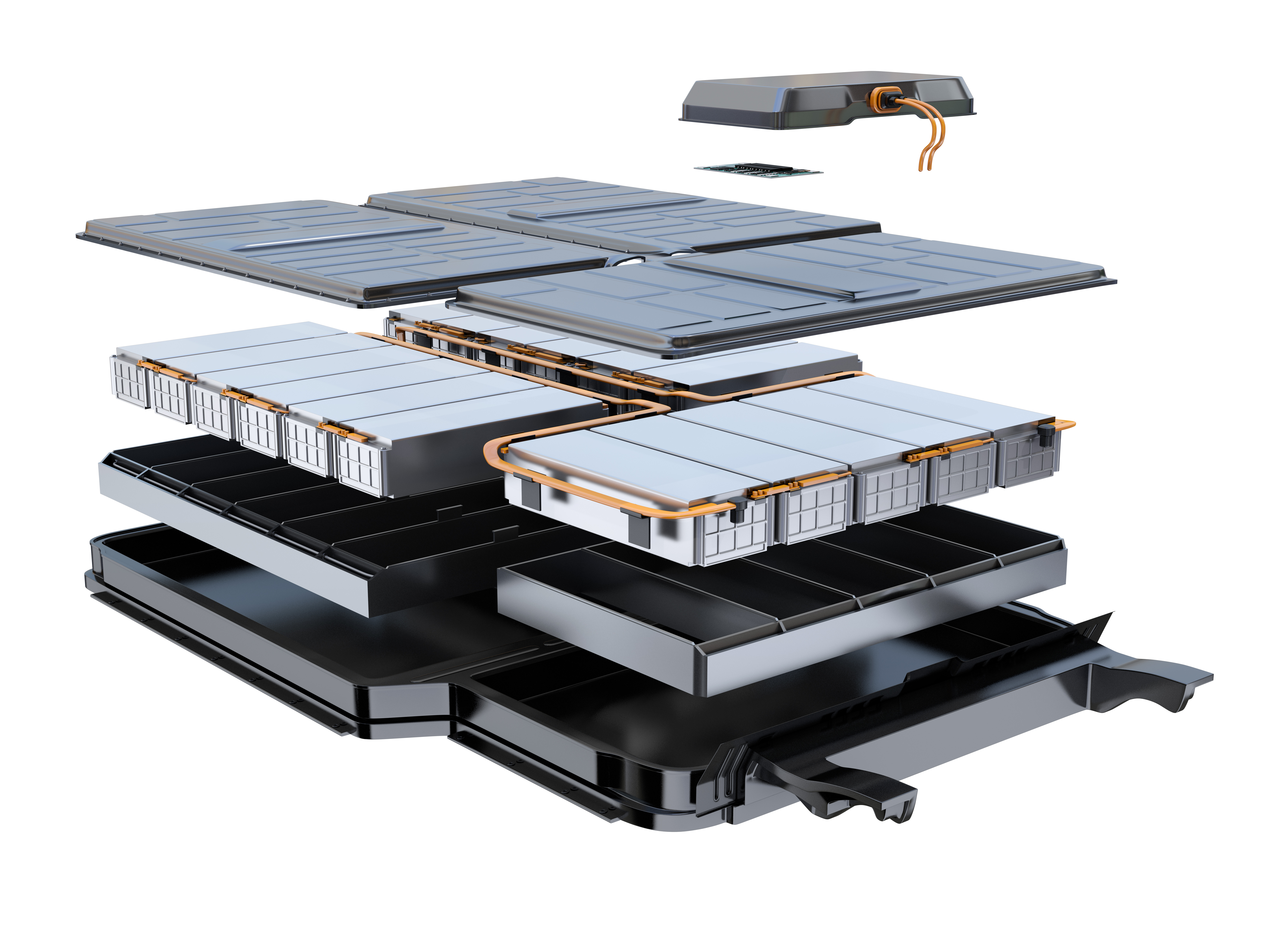
Key Components and Requirements
Cover
- Minimizes vibration
- Supports external loads
- Reduces the risk of thermal runaway
Support Structure
- Secures battery modules to the enclosure base
- Meets dynamic loading requirements
Enclosure Base
- Supports battery weight and g-loads
- Survives crash shock loads
- Provides vehicle torsional stiffness
- Protects from underbody impacts
EMI Shielding
- Protects sensitive electronics
Fire Protection
- Protects occupants from thermal runaway events
Advanced Materials for Enhanced Performance
As battery enclosures evolve into integrated structural components, the need for advanced materials has grown. Engineered polymers and polymer composite materials meet these demands, offering increased mechanical performance and superior specific strength.
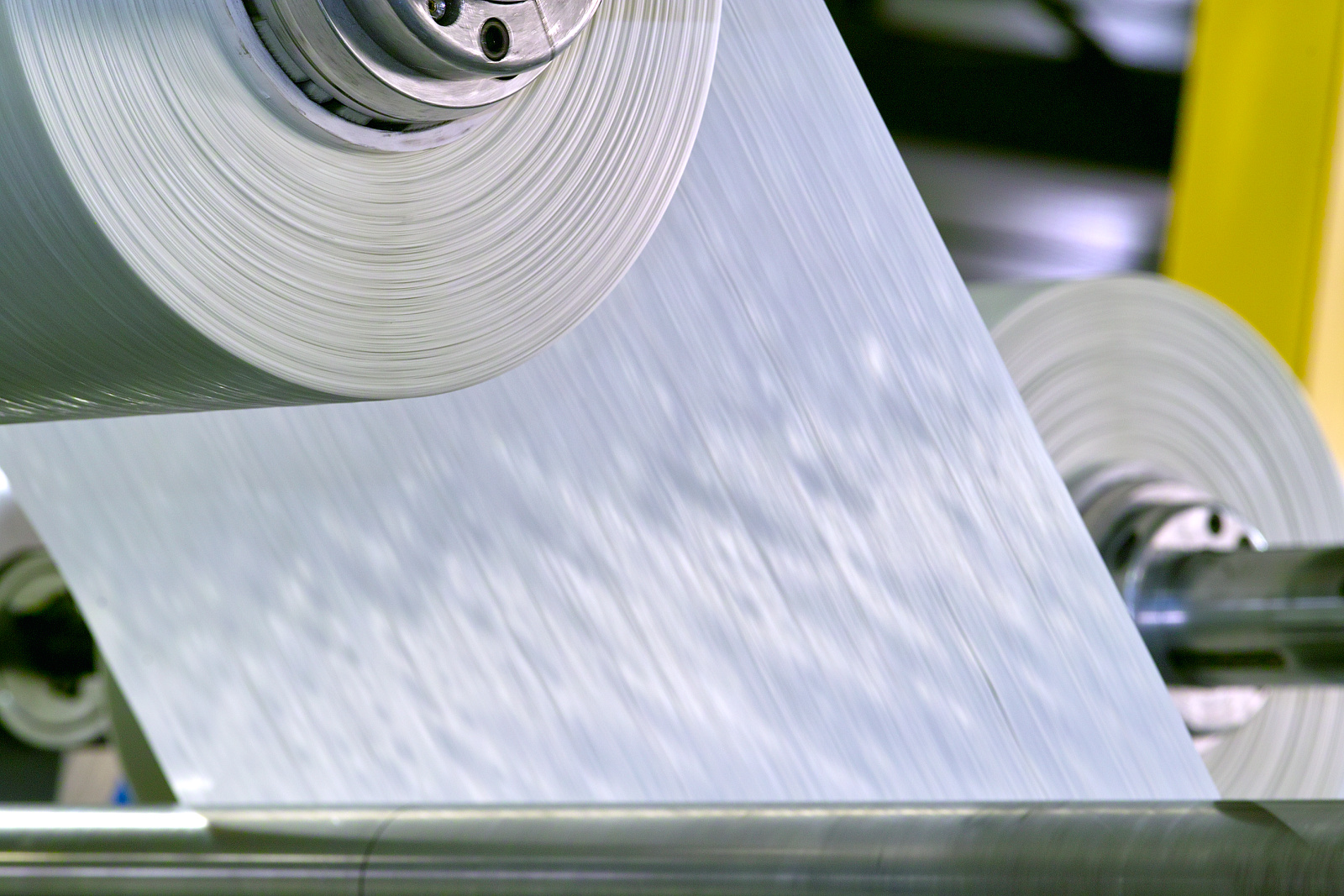
Continuous Fiber Reinforced Thermoplastics
Continuous fiber-reinforced thermoplastics are composite materials that offer significant benefits for designing high-energy-density enclosures. These materials, typically used to replace aluminum sheets, can save up to 40% in weight, translating to nearly 78 pounds (35.4 kg) per vehicle. They allow for customized properties based on fiber type, content, orientation, and resin type, ensuring efficient material use and cost-effectiveness. Additionally, they provide superior impact and corrosion resistance compared to metals.
Sheets or panels of these materials are easily overmolded in existing high-volume production processes such as Direct Long Fiber Thermoplastic (DLFT) molding, SMC, and injection molding.
Long Fiber Thermoplastics (LFTs)
LFTs are fiber reinforced thermoplastic pellets used in injection molding machines. They offer high strength, stiffness, fatigue endurance, and excellent chemical resistance. By replacing aluminum components, LFTs can achieve approximately 40% weight savings. They are particularly beneficial for brackets and other components within the battery enclosure, as they complement composite enclosures and reduce unnecessary stress.
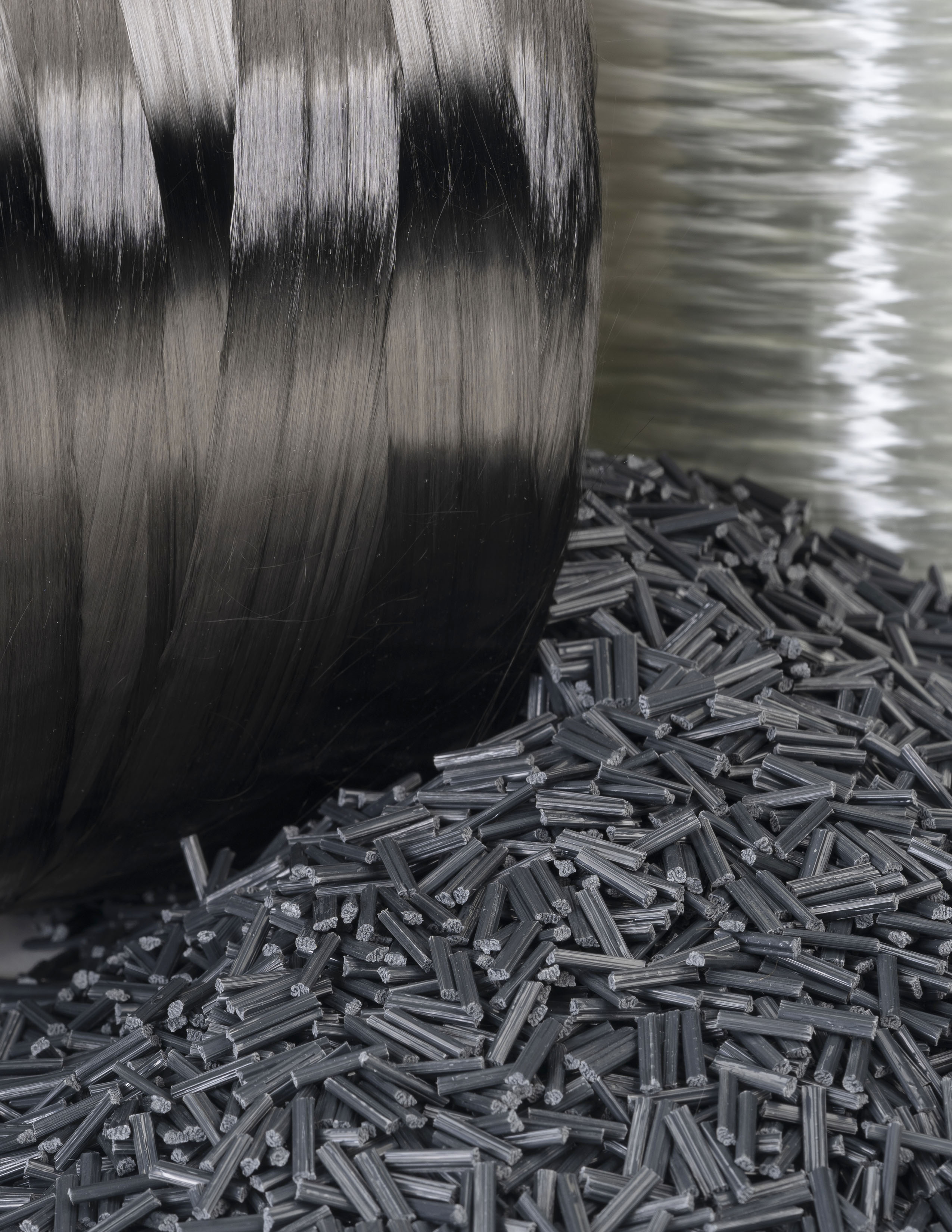
Benefits of Metal-to-Plastic Conversion
Switching from metals to engineered thermoplastic composite materials offers numerous advantages:
- Reduced part weight
- Higher impact resistance
- Improved corrosion resistance
- Reduced secondary operations
- 零件整合
Careful analysis at the design stage is crucial to fully harness these benefits. Early consideration of these materials allows for greater design freedom and optimization for complex geometries.
Leveraging Simulation Technology
Avient’s team of industrial designers and engineers uses advanced simulation tools to optimize the utilization of our composites in your part design based on loading requirements and geometric constraints. This design simulation not only enables early risk mitigation, performance optimization, and cost reduction but also accelerates the part development.
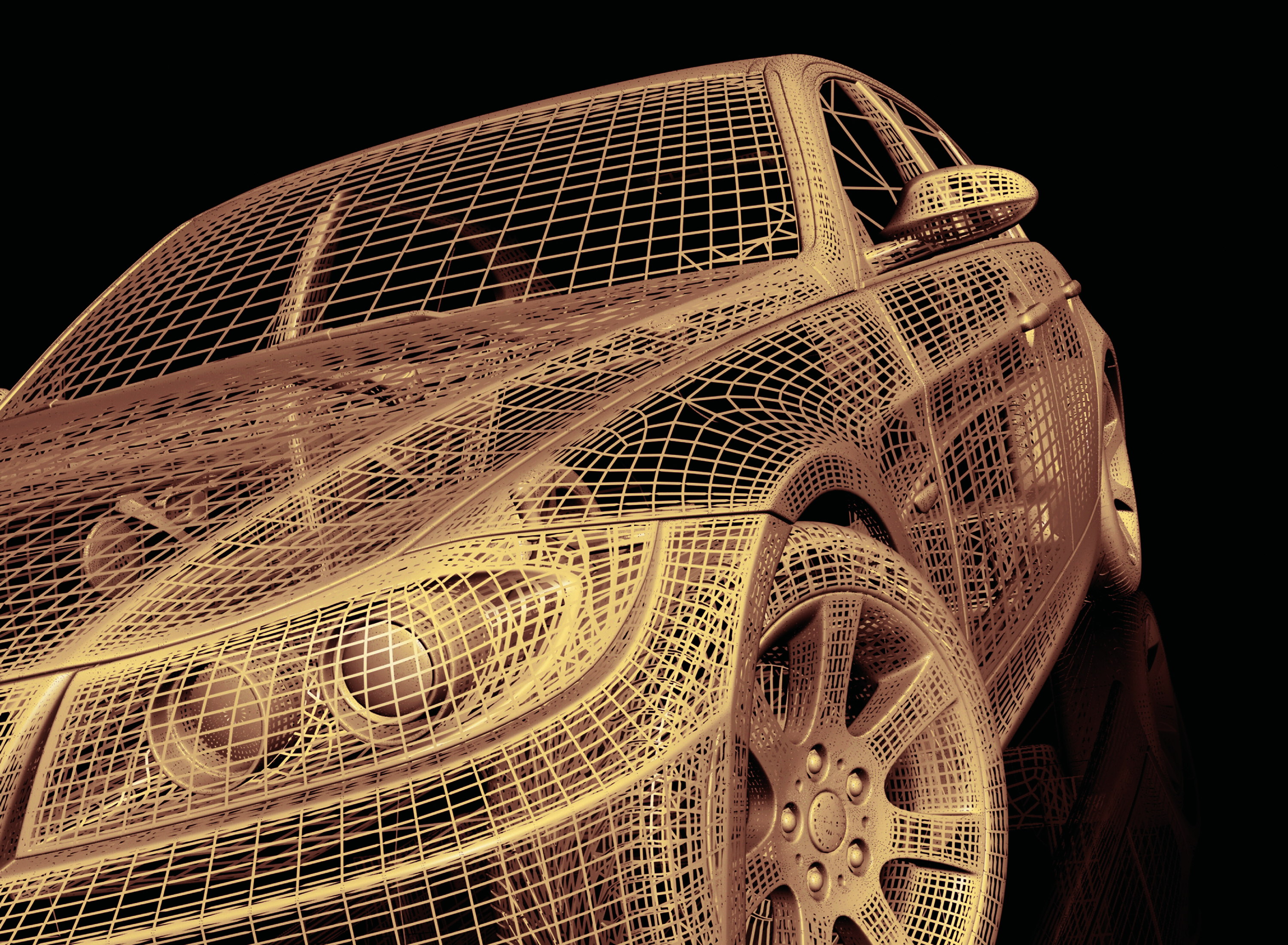
Moving Forward
The shift from traditional engines to e-battery systems marks a significant evolution in the automotive industry. By embracing advanced materials and innovative design strategies, manufacturers can achieve higher battery pack energy densities and enhanced vehicle performance.
